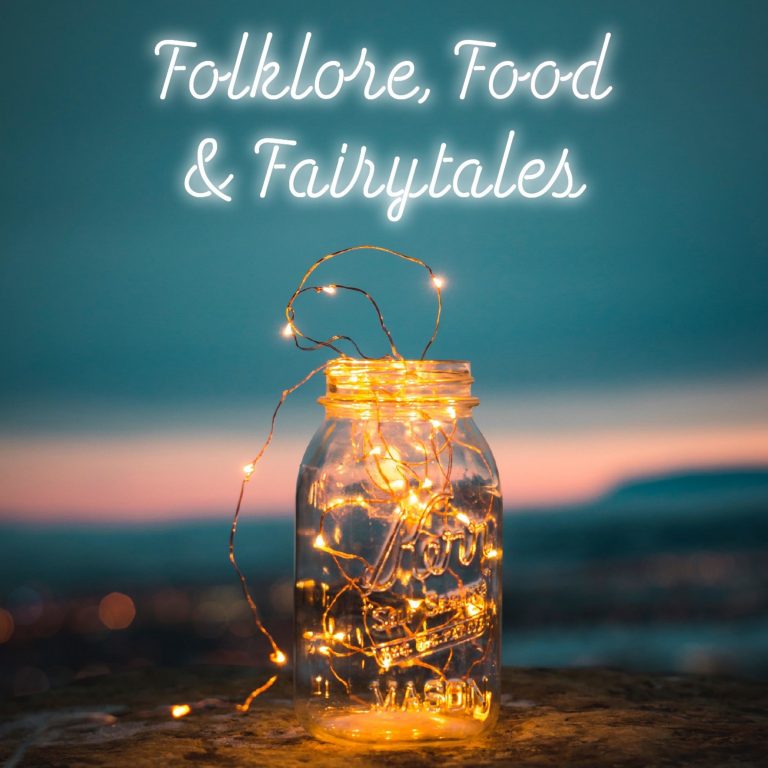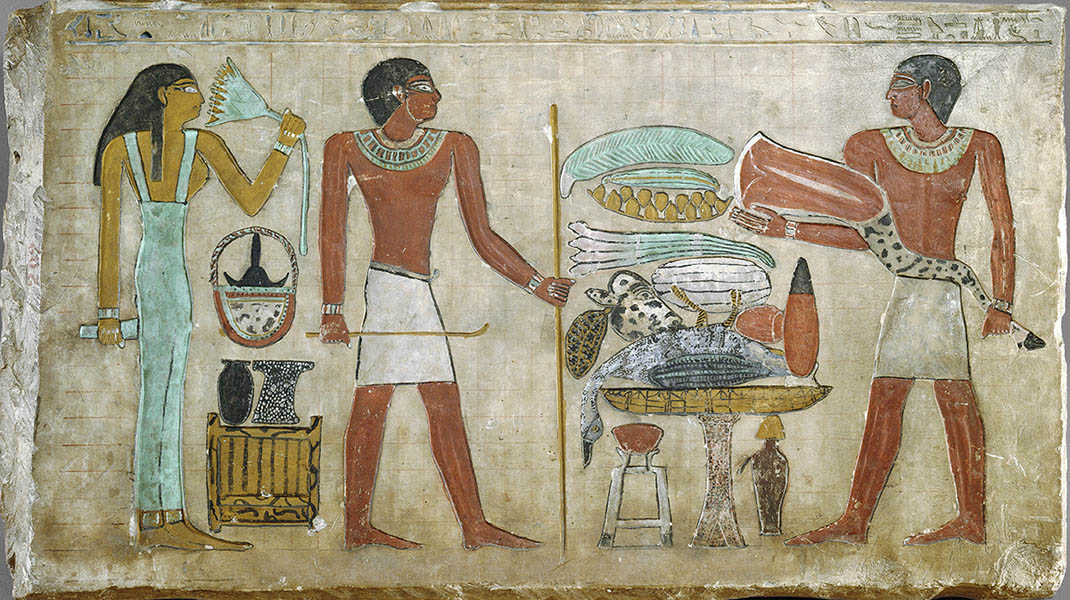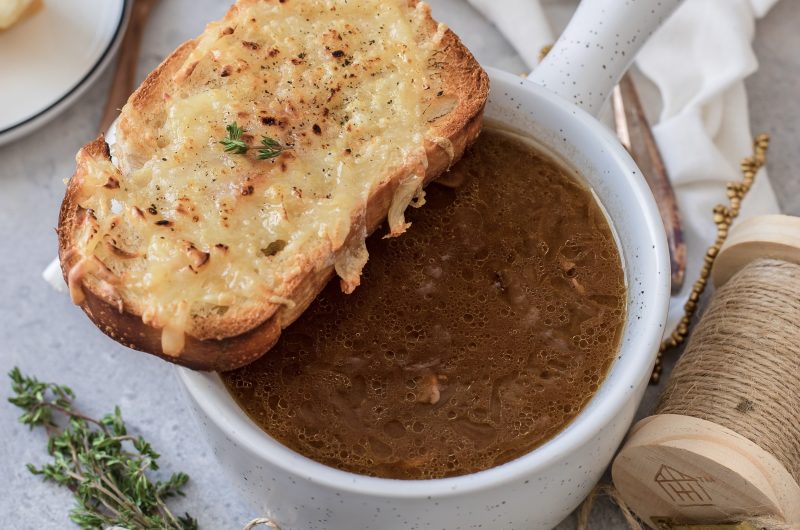In which we discover that princes can be forgiven anything, that women are destined to some sorrow no matter what they do, that onions aren’t always just onions and secure mail is essential.
In which we discover that princes can be forgiven anything, that women are destined to some sorrow no matter what they do, that onions aren’t always just onions and secure mail is essential.
Our story: Prince Lindorm, adapted from the Pink Fairy Book, collected by Andrew Lang
Our Recipe: French Onion Soup
If you would like to hear more about what I talked about in this episode you can find books and links at Further Reading
You can find the interviews in my newest interview series here: How Food Frames Stories. You can find my interviews with storytellers here: Vernacular Voices of the Storyteller
You can also subscribe (or just read) my free newsletter for further snippets of folklore, history, stories, vintage recipes, herblore & the occasional cocktail.
You can also find out more at Hestia’s Kitchen which has all past episodes and the connected recipes on the blog. If you’d like to get in touch about the podcast you can find me here

How did you feel about this story? I personally have complicated feelings. I am glad our heroine manages to overcome all her obstacles but I do really feel for the two princesses that were collateral damage. They had done nothing to deserve such a horrible death but it seems very much glossed over. The second part of the story means that the King has to go to war which I like to imagine was with one of the countries that the princesses had come from or possibly both who wanted to express displeasure at their royalty being married under false pretences and then being eaten. However they were only girls so it is fairly probable that this wasn’t the case at all. They probably suggested it was their own fault they had been eaten, not being up to scratch.
Women’s Desires
I’m probably being cynical but it feels very much that this story is all about what happens when women dare to have desires and what results when they don’t do what they are told. The Queen mother dares to hope to have children but when she doesn’t follow the exact instructions (eating the first onion skin and all and then eating the second one to be on the safe side) she is punished.
When our heroine does follow instructions she gets rewarded with a handsome price. Her boldness for marrying up though doesn’t go unrewarded either. She is punished by exile and she and her children are endangered. Clearly there was a very great need for some sort of special unalterable seal on the Royal Mail and better pay for messengers. Essentially it doesn’t really matter as a woman whether you play by the rules or not, or even dare to dream. What ever happens difficulties will come your way.
Swedish, Danish or Norwegian?
This is the Swedish version of a Danish tale and it does feel a little disjointed in parts which may mean it was created from several strands of tale. This type of tale is know as ATU 433B, The Prince as Serpent. I originally read a version of this tale in a collection of tales entitled East of the Sun, West of the Moon, illustrated by the heavenly Kay Nielsen. The foreword of that selection suggests this is a Norwegian tale collected by Asbjornson and Moe which it isn’t. You can find out more on Simon Hughes’ website Norwegian Folktales – “A Note on ‘Prince Lindworm.’ The link is in further reading. Some folklorists think this tale actually has its roots in India or Persia but there is a not a lot of literature around this. There are however variants across Europe and around the world including Africa, Turkey and South America.
A Welcome Wise-Woman
I enjoy the role of the wise woman and I’m glad of her appearance, I have felt that my more recent tales have been missing a certain something when no wise woman is present! One last hing before I go, did anyone notice the original handsome prince seems to have left the country without any flare or attention. Perhaps he has gone off on his adventures as no longer has a kingdom to attract a wife. Hopefully he will come across a princess who has a country of her own. I hope he isn’t the complaining sort.
The tale does at least keep to traditional numbers, three princesses, seven shifts and seven skins, two onions and twins, three nuts and three attempts to defeat the spirits. It also manages to retain the trope of the wicked stepmother and the magic protection that extends beyond the grave from mother to child. The scene where the ex Lindworm/new King doesn’t recognise his wife because she is badly dressed and grubby is also standard in many of these tales.
Behold! An Onion!
So now we move to our food item just because there is so much food history and folklore to discuss even before we get to the recipe. We’ve been cooking with onions for a long time, since around 3000BCE and is native to central or western Asia and can now be found all over the world. It was used by the ancient Egyptians, Babylonians, Romans, and Greeks, and the Mesopotamians left us recipes all containing plenty of onions. The onion was mentioned in Egyptian writings in 3200 BCE and onions, alongside garlic and chickpeas, reportedly made up the bulk of the food rations for the 100,000 or so labourers who built the Great Pyramid of Cheops around 2900 B.C. They appear in Egyptian pyramid paintings and buckets of onions were found with other grave goods.
They were important to the Romans even if they weren’t served obviously to the ruling classes.. Your average Roman was quite keen as this recipe for pickled onions from Columella, a Roman soldier turned farmer of the first century CE shows:
“First dry the onions in the sun, then cool in the shade. Arrange it in a pot with thyme or marjoram strewn underneath, and after pouring in a liquid consisting of three parts vinegar and one part brine, put a bunch of marjoram on top . . . When they have absorbed the liquid, let the vessel be filled up with a similar liquid.”
Wild & Free
The Romans spread them around Europe and they became such a mainstay of the diet, especially of the poor, that seeds were taken to the invasion of the New World. There is some significant evidence that the indigenous populations had onions and garlic of a kind before the Europeans arrived but it is difficult to tell if these were more like the original wild onions that preceded the onions we know today. The native name used by the Algonquin peoples for the area was “shikaakwa,” meaning “striped skunk” or “onion.” According to early explorers, the lakes and streams around Chicago were full of wild onions, leeks, and ramps.
Food for the Poor
Recipes for onions appear in the Forme of Cury 1390, used to add flavour particularly on meat free days. In reality though onions were the food of the poor, mostly because of their smell and because they could be stored easily and served with bread and added flavour to vegetable pottages which were the foods of the poor. The were often boiled in milk or roasted in their skins directly in the fire and enjoyed with bread and sometimes cheese.
It has been used in countless recipes for the poor, including two books by Alexis Soyer. Alexis Soyer, was a famous chef who tried to alleviate some of the suffering caused by Great Irish Famine 1846-1851, developing and setting up soup kitchens and devising recipes for soup that would keep people alive even if they did not replace the main meal. He even offered to have his soups tested for nutrition to prove their worth. He is very enthusiastic about onions in both books: Charitable Cookery or The Poor Man’s Regenerator – 1848 and Shilling Cookery for the People published by George Routledge & Co in 1855. Shilling Cookery for the People even has its own section on how to chop onion and how to consider them for flavour and the fact that they are stronger the more northerly they are grown.
An Onion Deficit
With the rise of improved transport links famers began to grow and produce more items that had a higher profit margin to sell to the urban centres of the UK and as such low profit, space hogging crops like onions began to be imported cheaply from abroad as it made more financial sense. However this later became a problem in the early part of the twentieth century when by 1939 we were importing 95% of our onions.
This meant massive shortages during the at least half of the war even though some were brought in and some seed from Egypt. It was actually illegal at one point during the war to pull spring onions as that was considered a waste of the future whole onion. We now import around 50% of our onions and actually have an export market at certain part of the year. We have learned the importance of onions to the national diet.
A Folkloric Treasure
They aren’t just useful to the diet they have all sorts of uses from a folklore perspective. As always, please get medical advice before even considering dubious remedies from the mists of time. They are seen as dowsing rod for poison and infection in both plants and humans. As late as the 19th Century, The Times was still recommending adding a peeled onion to boiling field mushrooms, advising that “if it remains white, they are good; but if it becomes blue or black, there are certainly dangerous ones among them.”
Plague Deterrent
During plague outbreaks, cut onions were hung up in entrance halls and it was believed that they would turn black if visitors were infected. Onion strings were placed in doorways and window openings to protect the home from disease epidemics. This even held true in 1903 when there was a smallpox outbreak in Dewsbury. An article appeared about this in the Yorkshire post in 1953.
The person interviewed said onions hung up in the house and round the necks of the other children in the house stopped a sister returning from Dewsbury with smallpox giving the infection to the other siblings and the mother of the children. There are other mentions in the same newspaper on different dates where the person interviewed lived in the only house in a street full of smallpox infections that remained smallpox free because onions were hung in the windows. The mentioned epidemics are in the late nineteenth century.
More Onions as Folk Medicine
I will stop briefly to say that there are now much better ways of dealing with highly infectious serious illnesses and the efficacy of onions has never been proven. I will also add my favourite mushroom foraging proverb ‘All mushrooms are edible, but some only once.’ Onions are supposed to be good for dealing with warts and also earache. One Lincolnshire remedy would have you wrap the outer layers of an onion cooked in the fire around your big toe until your ear infection was gone which is interesting if nothing else.
It was also believed in Britain generally that placing a raw onion in a dish in a room containing a sick person would keep visitors safe by absorbing all the illness. This tradition was reported as late as the nineteenth century. It was also thought that that if you buried onion peelings outside your house, they would draw out any fever from it. Onions were considered to bring longevity but worryingly it was also said that families who didn’t eat onions would die out within 3 generations
Onion Dreams
However onion folklore isn’t restricted to folk medicine, it was once said that dreaming about peeling onions foretold problems within the home, while dreaming about eating onions meant that good financial fortune would soon be coming your way. It wouldn’t be Britain if they weren’t also used to foretell the weather, such as in this short rhyme: “Onion skins very thin, Mild winter coming in; Onion skins thick and tough, Coming winter cold and rough.”
Last but not least we must talk about the role of onions in love: A popular ritual on St Thomas Eve was to peel a “St. Thomas Onion”, stick it with 9 pins & put it under your pillow, hoping that you would dream that night of your future husband. A more determined form of the ritual was to cut the onion into four, whispering over the segments the name of the one you hoped/expected to propose. It could also get your love back if he was proving reluctant or casting his eye around but this ritual was definitely creepier: it was recommended that you should roast an onion which had been stuck full of pins that had never been through paper, which were to pierce his heart and make him think twice. I have no idea what would happen if you then ate the onion (pins removed obviously).
Onions as Dinner
I’ve definitely been thinking about roast onions too long, I’m now desperate for a dish of slow roast whole onions with a wisp of thyme served with a perfect cheese soufflé & some bread warm from the oven. I can actually taste it.
That conveniently leads us on to our recipe which probably should be for that dinner but isn’t. It is something equally delicious and not too difficult either but does require a little patience when caramelising the onions. There is bread and lots of melty cheese too so its probably the perfect recipe for me: French Onion Soup. I have adapted mine over many years from the St Michael Family Meals cookbook, which is as old as me. It used to belong to my Mum but it came with me when I left home and I’ve been collecting the rest of the set slowly ever since. This book also has the best recipe for watercress soup and small, melt in your mouth buttery piped biscuits. I also enjoy how nearly all the full page photos have a half empty bottle of French Dry White wine in them. I use a different method for caramelisation now which is in the recipe notes as it requires an enamelled cast iron soup pot and I know not everyone has one. I hope you make it and enjoy it. Its perfect for those end of February/beginning of March grey, blustery days.
Prince Lindorm or the Onion Protocol
4
servings20
minutes1
hour30
minutesIngredients
- Soup
65g butter or 2 tblsp olive oil plus 1 tblsp butter (see below),
4 onions, peeled and thinly sliced (around 700g)
3 tblsp balsamic or wine vinegar
1 clove of garlic, peeled & gently crushed
1 tbsp plain flour
3 sprigs thyme, leaves picked
400ml medium cider
600ml good-quality beef stock
- Croutons
4 slices of sturdy bread like baguette or sourdough
100g cheddar, grated
Directions
- Onion Caramelising:
- Method 1
- Preheat your oven to 200°C. Combine the oil, butter, thyme and onions in an enamelled cast iron pot with a lid which is big enough to hold the rest of the liquid later. Cover with a lid. Bake for 40-45 minutes, stirring every 15 minutes, until the onions are a deep brown colour.
- Remove the pan from the oven, add the vinegar and quickly scrape up the onion from the bottom and sides of the pan. Season with salt and pepper.
- Method 2
- Melt the butter in a large, heavy bottomed pan over a low heat. Add the onions and cook, stirring regularly, until caramelised and deep brown, this will take at least an hour, probably more. Add the vinegar to deglaze the pan
- Making the soup
- Add the crushed garlic, the thyme and the flour to the pan and stir around for a few minutes until the flour is cooked out. Then add the cider and stir the pan thoroughly to make sure everything is absorbed into the liquid then add the stock stirring steadily. Bring to a gentle simmer and then cook for 45 minutes to an hour. At the end of cooking I make croutons with the bread and cheese. I use the oven but you could do this under the grill. If this is for a main course soup then make at least double the amount to cheese croutons.
- Season the soup to taste and then serve with the cheesey crouton floating in it and enjoy
Further Reading
Hughes, Simon Roy. “A Note on ‘Prince Lindworm.’ Norwegian Folktales. 2018
http://konglindorm.blogspot.com/2017/09/lindworm-cite-your-sources.html
Onions and Garlic, Martha Jay
Joan P. Alcock, Food in the Ancient World
Oxford Companion to Food – Alan Davidson
Food and Drink in Britain from the Stone Age to Recent Times – C. Anne Wilson
Dictionary of Plant Lore – D. C. Watts
The Onion in Folk Belief – Eddie W. Wilson: Western Folklore , Apr., 1953, Vol. 12, No. 2 (Apr., 1953), pp. 94-104
Featured Image –
Stela of Khety and His Wife, Henet Middle Kingdom ca. 2124-1981 B.C.
Kunsthistorisches Museum Vienna, Ägyptisch-Orientalische Sammlung


